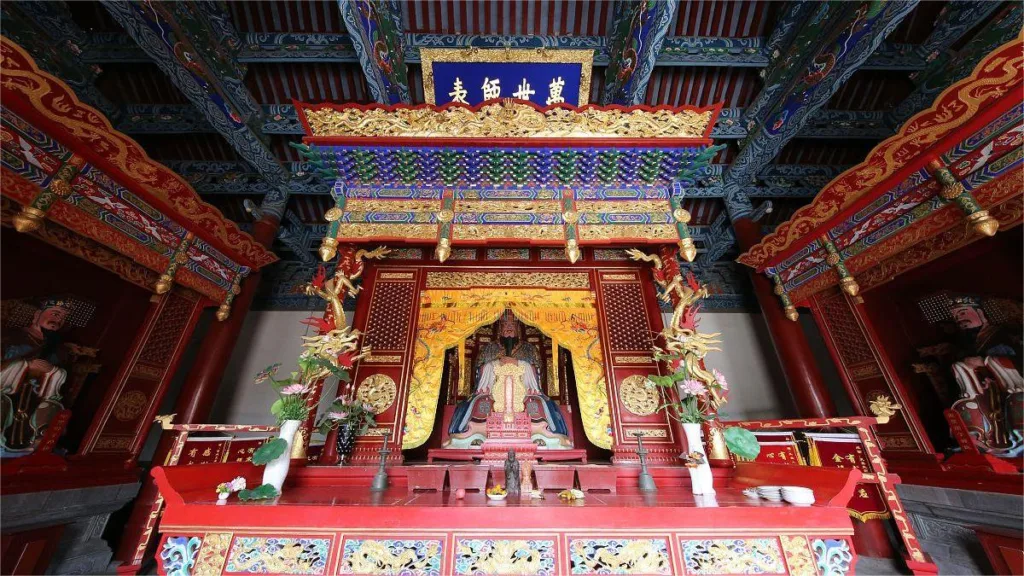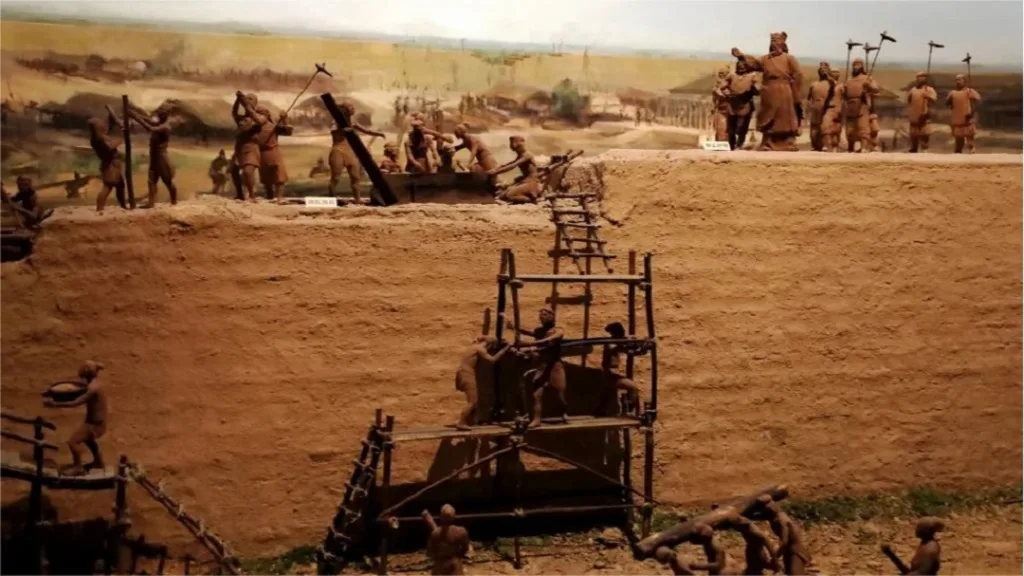Zhengzhou Konfuzius-Tempel - Eintrittskarten, Öffnungszeiten, Lage und Highlights


The Zhengzhou Confucius Temple (郑州孔庙), also known as the Zhengzhou Wenmiao (郑州文庙), was once the oldest, largest, and most extensive ancient architectural complex in Zhengzhou’s history. According to the “Zhengzhou Chronicle” compiled during the Ming Dynasty, the Zhengzhou Confucius Temple was established during the Yongping reign of the Eastern Han Dynasty (about 2000 years ago), making it the second oldest Confucius Temple in the country, second only to the Confucius Temple in Qufu. In its prime, during the early Yuan Dynasty, the Zhengzhou Confucius Temple covered an area of 37 acres and consisted of three main sections: the front courtyard, the middle courtyard, and the rear courtyard.
The front courtyard featured the Lingxing Gate, Pan Pool, and Jimen Gate, while the middle courtyard housed the Dacheng Hall and east and west side halls. The rear courtyard included the Minglun Hall, Jingtai Pavilion, and Zunjing Pavilion, along with over 200 other structures like the Earth God Temple and Qisheng Temple. Unfortunately, a devastating fire caused significant damage to the temple’s architecture. In the 6th year of the Yuan Dynasty’s Shundi era (1346 AD), officials rebuilt the temple according to its original style. Throughout the Ming and Qing dynasties, the temple underwent several renovations. However, in the 22nd year of the Guangxu era in the Qing Dynasty (1896 AD), another major fire ravaged the temple, leaving it nearly in ruins.
Although subsequent restoration efforts were made, the temple’s scale was significantly reduced, with only two ancient buildings remaining: the Dacheng Hall and Jimen Gate, along with a few small auxiliary buildings. The Dacheng Hall, facing north, exudes magnificence and solemnity, characterized by its ancient “Resting Mountain” architectural style. Its roof, with its complex structure and exquisite craftsmanship, is particularly noteworthy. At the highest point of the hall’s roof, known as the “ridge,” stand two dragon-shaped components, each with a height of 2 meters, called “Wen (吻),” symbolizing the dragon’s role in bringing rain and serving as a fire prevention measure. Rising from the center of the ridge is a double-layered pavilion adorned with auspicious symbols like qilins and elephants.
The ridge is adorned with auspicious patterns such as “Two Dragons Playing with a Pearl,” “Spider Weaving,” and “Phoenix and Peony,” sculpted with beauty and vividness. The roof of the hall, covered with green glazed tiles, shines brightly in contrast to the ridge’s embellishments. On the east and west sides of the hall lie two “mountains,” adorned with intricate patterns depicting deities like the Jade Emperor, Buddha delivering sermons, the Eight Immortals crossing the sea, and characters from traditional operas, showcasing meticulous craftsmanship and attention to detail.
Grundlegende Informationen
| Geschätzte Dauer der Tour | 0,5 - 1 Stunde |
| Ticketpreis | Normal days: Free Temple Fair: 10 RMB |
| Die Öffnungszeiten | 8.00 - 17.30 |
| Telefon Nummer | 0086-0371-66322939 |
Standort und Transport
The Zhengzhou Confucius Temple is located at 301 East Street, Guancheng Hui District, Zhengzhou City, Henan Province. It is situated approximately 200 meters east of the Zhengzhou First People’s Hospital. To get there, you can choose one of the following ways:
Bus: Take bus 60, 89, B32, G50, S166, or Y5 and get off at Zhengzhou Wenmiao Stop (郑州文庙站)
Metro: The closest metro station to Zhengzhou Confucius Temple is Zhengzhou Wenmiao (郑州文庙) on line 3. After getting out of the station from Exit C, walk about 300 meters to the west to reach the attraction.
Vlog about Zhengzhou Confucius Temple
Attractions near the Confucius Temple

Zhengzhou City God Temple

Zhengzhou Shang Dynasty Ruins
Historische Stätten in Henan, Attraktionen von Zhengzhou